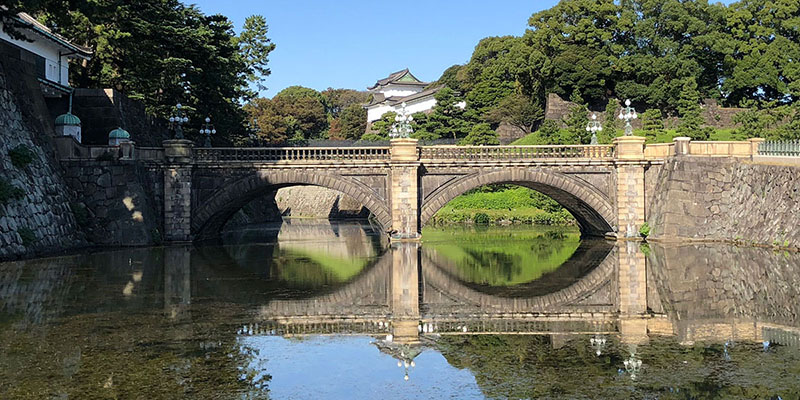Search Options
Exposed Filter
The exposed filter will show at the top of views (listing) pages. For example, if you'd like to have a search function at the top of a blog listing page or a careers listing page, you can have multiple filters exposed to the visitor.
Search
Search form
This is the search form as it would appear throughout the site. Sometimes there is a little more configuration needed to make it work properly. You can, through various settings, make it narrower. The default view (though not shown on this page) will change to an icon on mobile devices. If you need help to adjust the point at which it changes to an icon, please ask Tribute Media support for assistance.
Status Messages
These status messages will appear at the top of the page. For example, when you save a page after editing, you'll see the green status message at the top of the page.
Pagination
Pagination will appear at the bottom of list pages when there is more than one page to view. The mini version might be used when that pager needs to appear in a locaiton that is more narrow such as a sidebar block.
Full Pager
Blocks
Blocks Default Background
How to apply stylings to blocks.
Simple Block Styles
Blocks live in regions on your page. Usually the default block style is great for your website's design. You may choose to apply additional styles via classes to those blocks. This section will show you how those various classes will affect the block style. The description in each block will indicate which class(s) to add to the block.
Default Block

This is the default view of a block. When creating a block, it will naturally be styled to match this block.
Callout Block
Outlined Block
Secondary Style
Transposed Style
Multiple Styles
List Views
Additional Block Classes
Sometimes the default block styles cause challenges in the presentation of those blocks. The most common issues you might find will be additional height or additional padding to the blocks. These two issues are caused by the clearfix class or the padding around the block. If you have too much height and can't figure out why that is the case, you might try the class "no-clearfix". Sometimes it's just a little extra padding. For those instances we have the class of "no-padding" which removes the padding around the block completely. We also have the class of "no-padding-x" which remove right and left padding or the class of "no-padding-y" to remove the padding on the top and bottom.
Blocks Dark Background
How to apply stylings to blocks.
Simple Block Styles
Blocks live in regions on your page. Usually the default block style is great for your website's design. You may choose to apply additional styles via classes to those blocks. This section will show you how those various classes will affect the block style. The description in each block will indicate which class(s) to add to the block.
Default Block

This is the default view of a block. When creating a block, it will naturally be styled to match this block.
Callout Block
Outlined Block
Secondary Style
Transposed Style
Multiple Styles
List Views
Additional Block Classes
Sometimes the default block styles cause challenges in the presentation of those blocks. The most common issues you might find will be additional height or additional padding to the blocks. These two issues are caused by the clearfix class or the padding around the block. If you have too much height and can't figure out why that is the case, you might try the class "no-clearfix". Sometimes it's just a little extra padding. For those instances we have the class of "no-padding" which removes the padding around the block completely. We also have the class of "no-padding-x" which remove right and left padding or the class of "no-padding-y" to remove the padding on the top and bottom.
